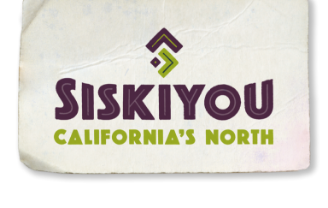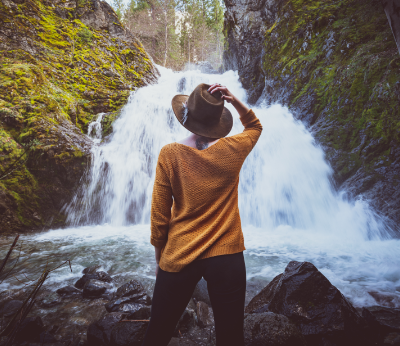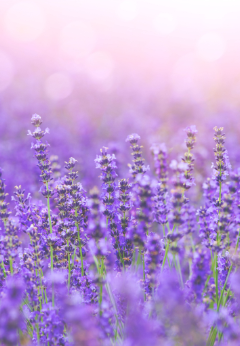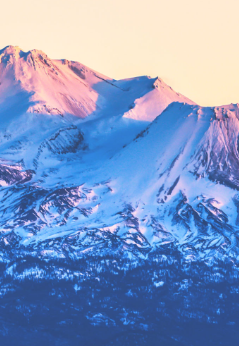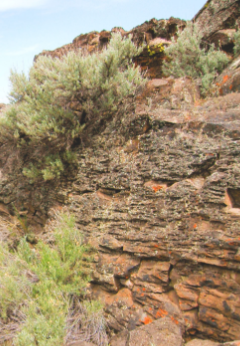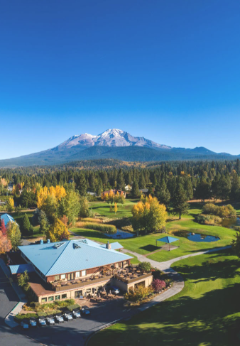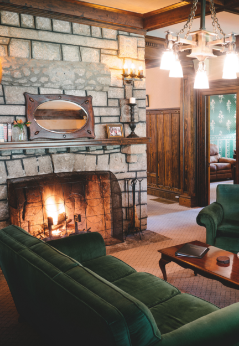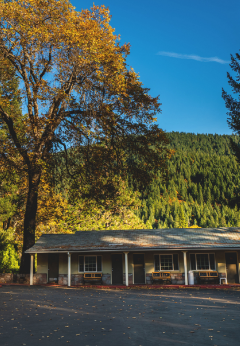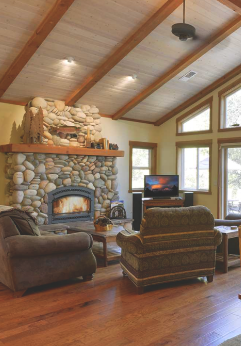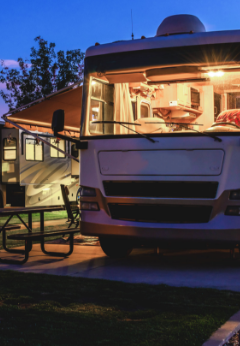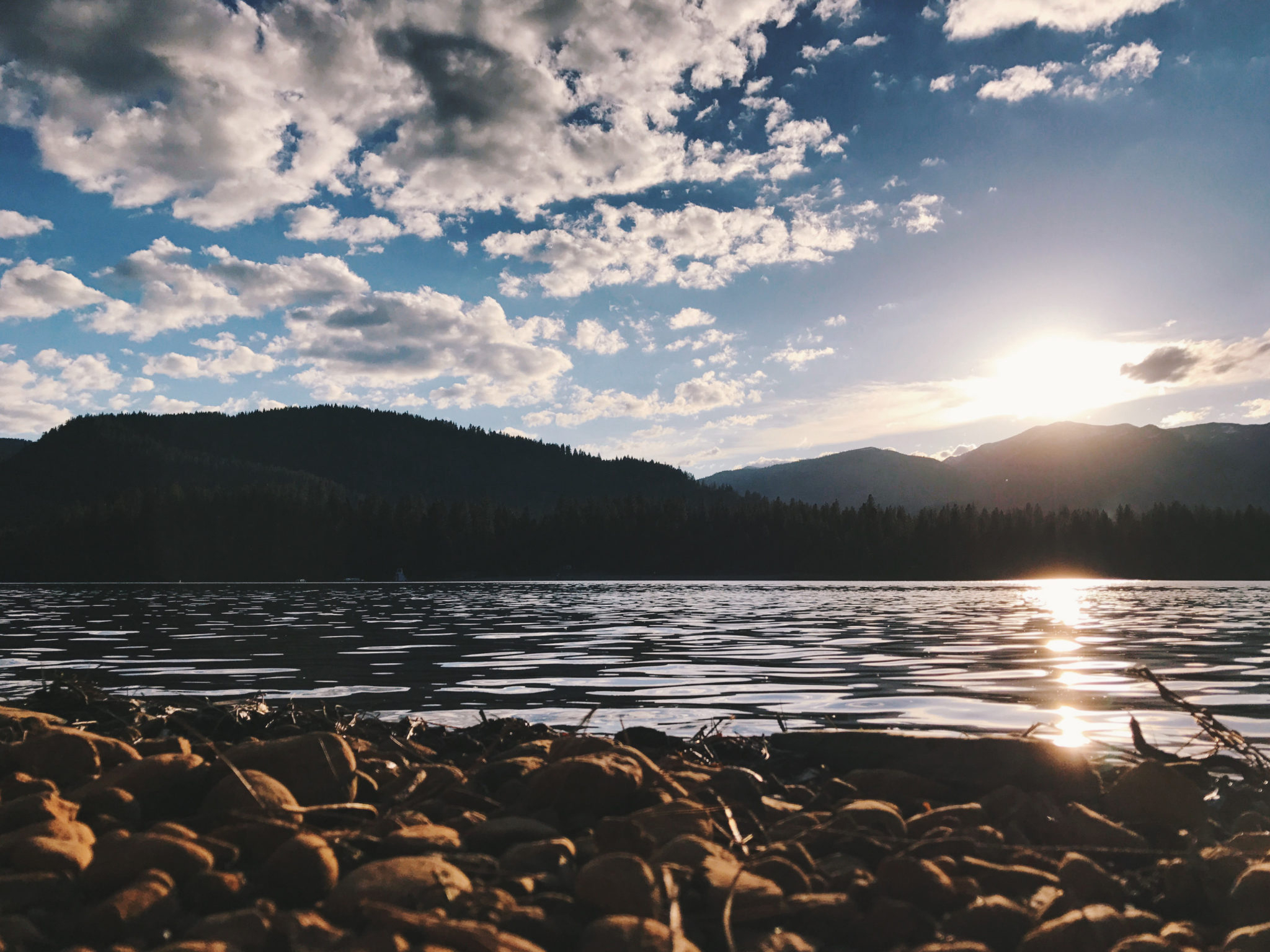Visit California recently launched a campaign that celebrates the diverse voices of Native American tribes in the state through Visit Native California. The rich history of our region was shaped by the vibrant communities of Native people that still live and exist in modern Siskiyou today. We invite visitors to explore our region’s native lands and learn about its cultural heritage.
SOUTH: McCloud Falls and the Wintu

McCloud Falls is a favorite destination for visitors to Siskiyou. This area was once home to the Shasta, Pit River and Wintu tribes. The Wenim-mem-wintu, which translates to middle water people, are the people who, for 1,300 years, could be found living along the banks of the upper McCloud River. The Wintu would travel each spring-fall to the McCloud Falls area to hunt elk, fish for rainbow trout and salmon, collect medicinal plants and fresh water. They also traveled to Glass Mountain and Medicine Lake to source obsidian for their glass arrowheads and to use as currency for trading. You can visit all these places in Siskiyou still today.
NORTH: Rain Rock and the Karuk

In 2018, the Karuk Tribe proudly opened the Rain Rock Casino in Yreka, along the I-5 corridor. They have 349 slots and feature 8 different gaming tables on the property. Gamers will soon be able to enjoy a 43,000 square-foot expansion that will include additional gaming space, hotel rooms, cottages, an events center, pool, hot tubs and waterfalls. The expansion is currently under construction. The casino gets its name from Rain Rocks, which are pitted boulders covered in depressions that are used to control rainfall. Mythology tells that uncovering a rain rock would encourage rain to fall, and covering would halt the rain. You can see a real rain rock to this day outside of the Fort Jones Museum.
EAST: Lava Beds National Monument and the Modoc

About 90 miles northeast of Mt Shasta lies the Lava Beds National Monument, the ancestral territory of the Modoc people and historical site of the Modoc War. This war was a series of skirmishes in 1872-73 where 55 Modoc warriors held off as many as 1,000 Army soldiers without losing a battle. This area is also home to one of the largest panels of Native American rock art in the United States. An interpretive trail gives access to Petroglyph Point, where ancient carvings are displayed along the face of an island on the now-dry, Tule Lake. The petroglyphs are estimated to be as old as 6,000 years.
BONUS: Experience a free GPS-enabled immersive audio tour about the Modoc War that allows listeners to drive the path of the war. To complete the tour, download the VoiceMapTM mobile app (compatible with both Android and iOS), search for The Modoc War: A Homeland Lost, download the tour route to mobile device, then follow step by step instructions in the app.
WEST: The People’s Center Museum and the Karuk

Opened in September 2002, the Karuk People’s Center is a 5,000 square foot facility in Happy Camp, that includes an exhibition gallery, a gift shop, a Basketweaving classroom, a library, a collection storage area, and the Karuk Language Program Office. The name ‘Karuk’ translates to “upriver.” The Karuk tribe resided in villages along the Klamath River, where they continue such cultural traditions as hunting, gathering, fishing, basketmaking and ceremonial dances today. They are one of the largest tribes in California and are headquartered in Happy Camp.
Sources:
Wintu Tribe Of Northern California – Indigenous Historic Tribe
Wintun Tribe: Facts, Clothes, Food and History *** (warpaths2peacepipes.com)
Rain Rock Casino – It All Begins With You
Ishumpi Rain Rock (dotycoyote.com)
Lava Beds National Monument (U.S. National Park Service) (nps.gov)
Home – Modoc Nation – Culture. Heritage. Family.
Petroglyph Point Trail (U.S. National Park Service) (nps.gov)
